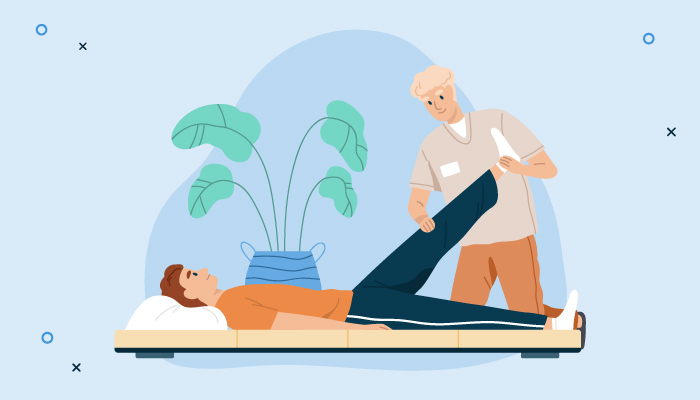To begin, it is important to choose the appropriate foam roller. Foam rollers come in different densities and lengths. A gentler foam roller is ideal for beginners or those with muscle tenderness, while a harder roller can provide more intense pressure for more advanced users. The length of the roller should also be taken into account; longer rollers can be advantageous for major muscle areas, while shorter ones are better for focusing on precise spots. Once the right roller is chosen, individuals can begin to integrate foam rolling into their routine successfully.
When using a foam roller, it is essential to focus on slow movements. Rolling over restricted areas too rapidly can cause unease and may not provide the intended benefits. Instead, individuals should roll slowly over each muscle group for half a minute to two minutes. This allows the muscles to loosen and helps to release knots and tight spots. Deep, steady breathing while rolling can also increase relaxation and effectiveness. Targeting critical areas physical therapy for athletes such as the calves, quadriceps, rear thighs, and spinal muscles can lead to noticeable improvements in flexibility.

Additionally, combining self-myofascial release with stretching can boost flexibility benefits. After using the mobility tool, it is beneficial to perform static stretches on the same muscle groups that have been targeted. This approach helps in stimulating blood flow and improving the range of motion in those muscles. For example, after working on the hamstrings, stretching them this page by reaching toward the toes can further enhance flexibility. Integrating these techniques into a regimen ensures that muscles are both relieved of tightness and elongated.
Finally, routine application is key when it comes to foam rolling and enhancing flexibility. Adding foam rolling into a ongoing routine can provide sustainable benefits. It is recommended to spend at least 10 minutes a few times a week targeting different muscle groups. By establishing foam rolling a regular component, individuals will likely see positive changes in their flexibility over time. This strategy not only readies the body for physical activity but also aids in recovery and maintenance of overall muscle health, making it an essential addition to any fitness program.